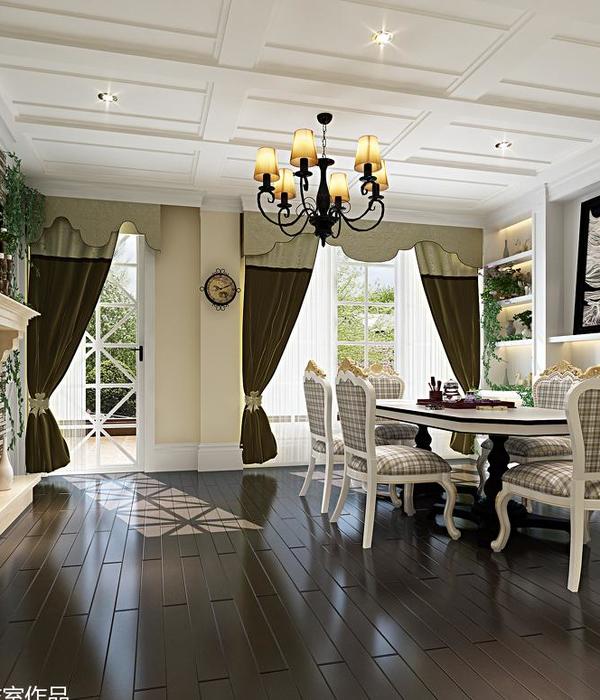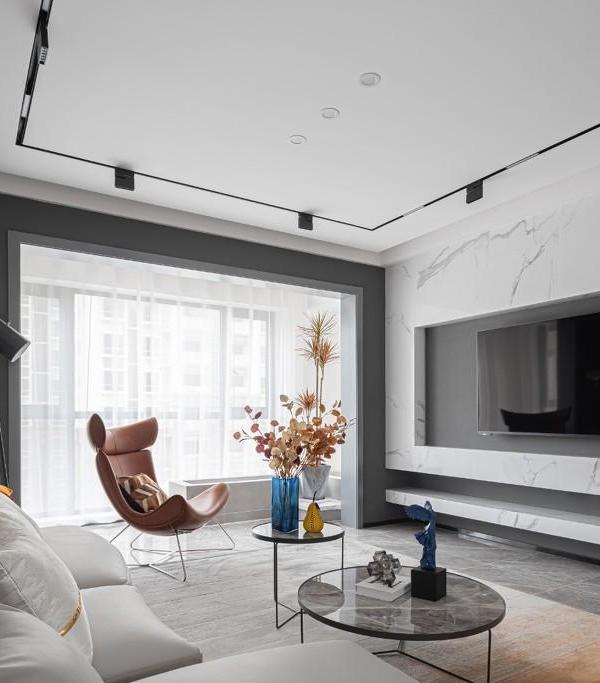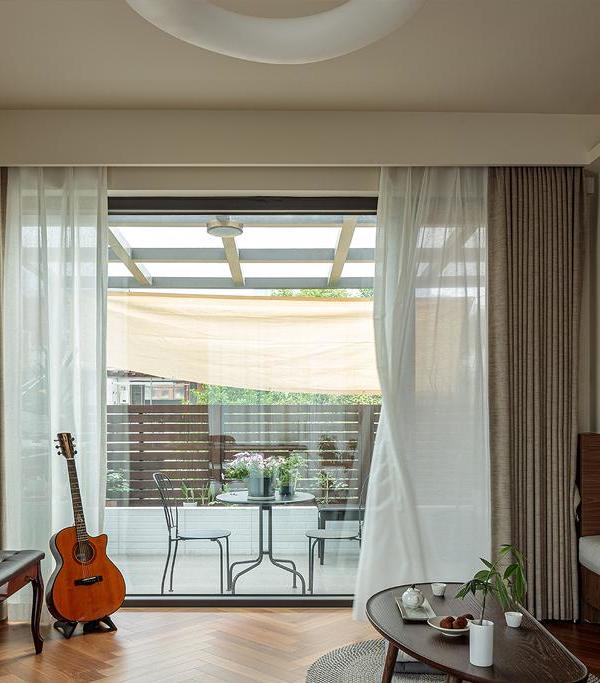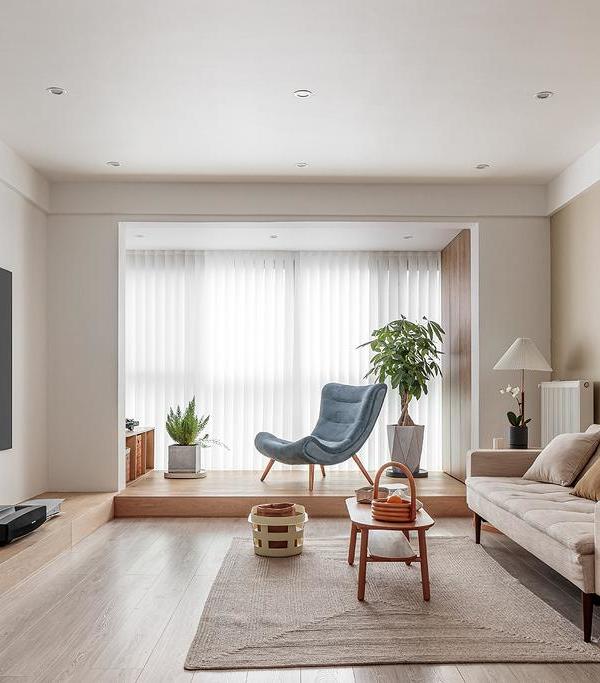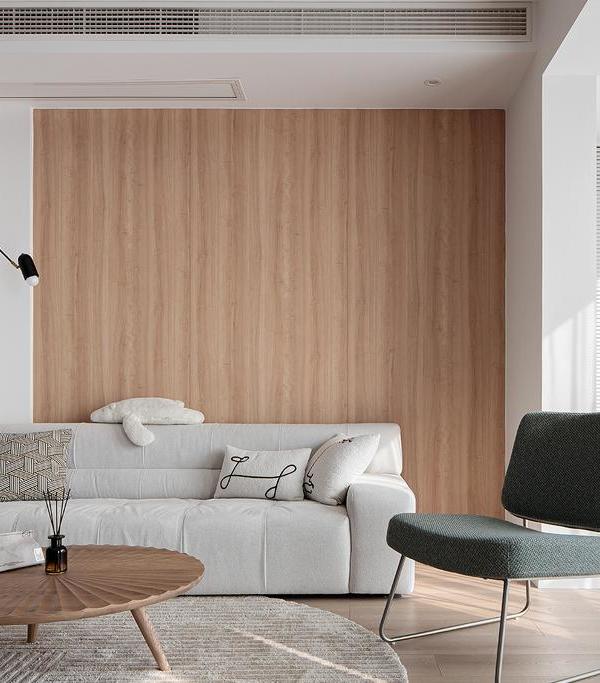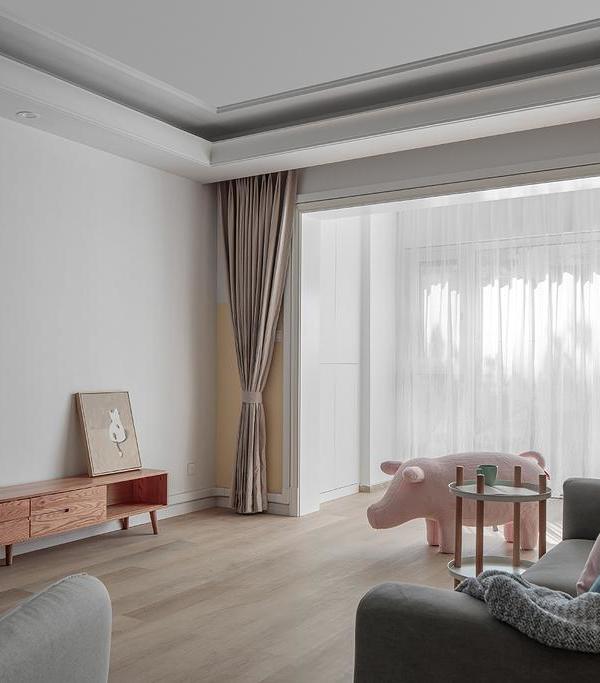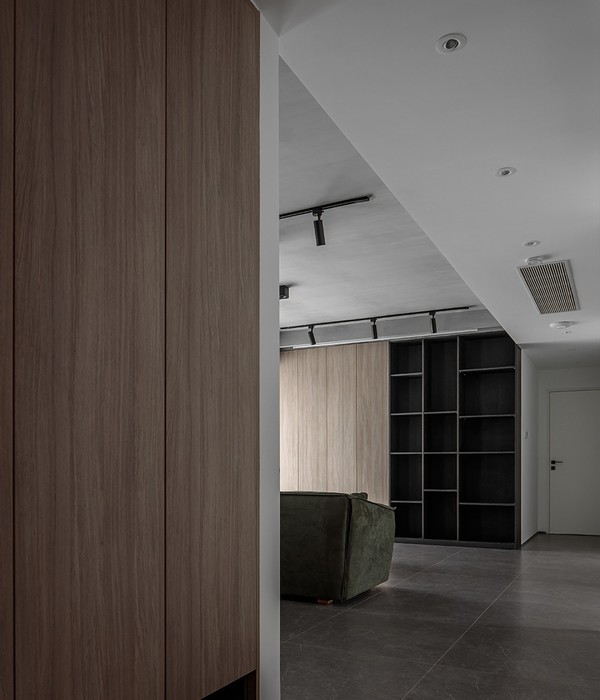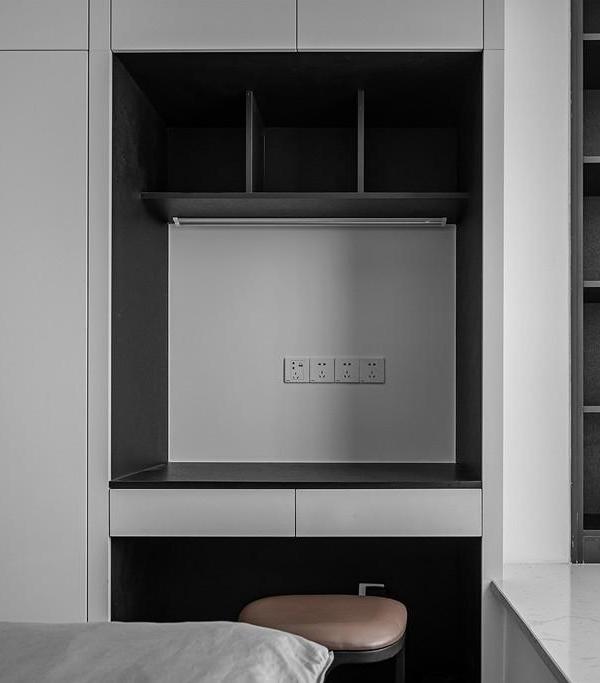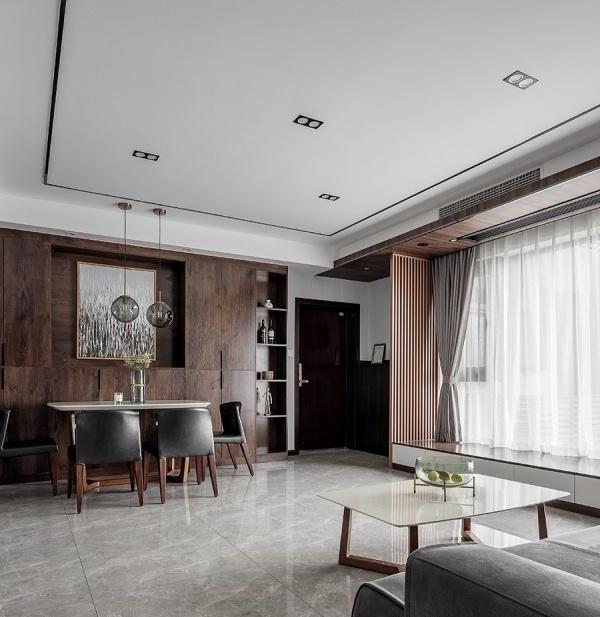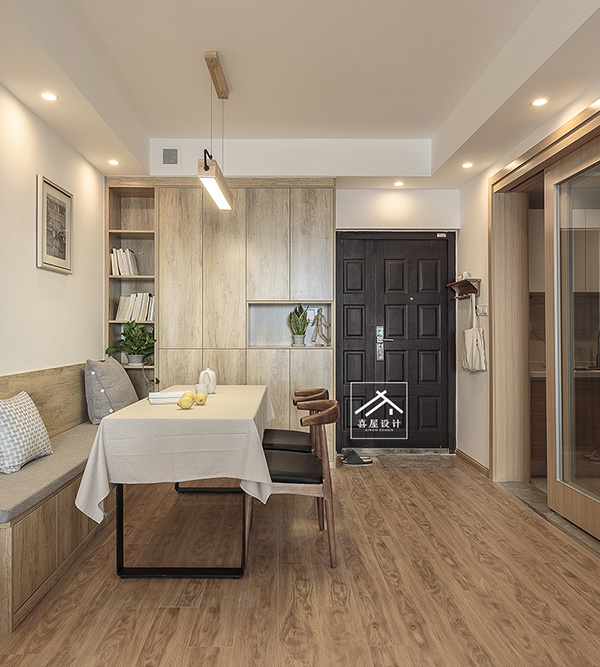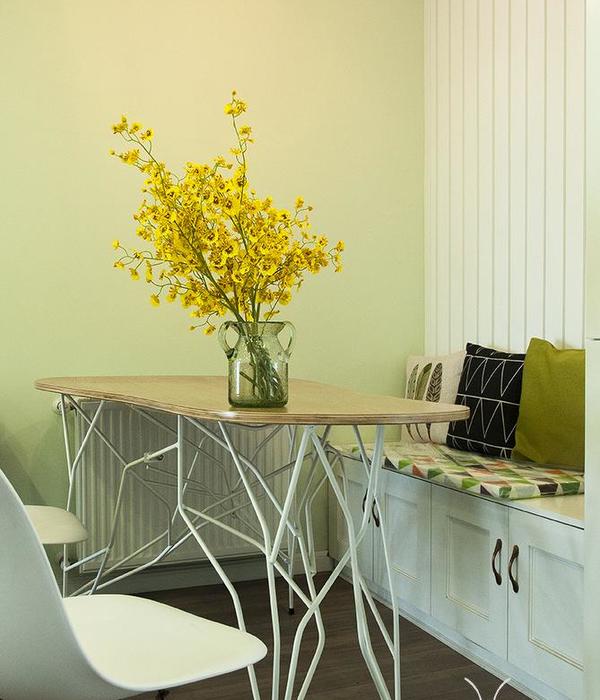© Tim van de Velde
c.Tim van de Velde
架构师提供的文本描述。在阿姆斯特丹北部,一座破旧的砖房已被一座全新的、可持续发展的房屋所取代,墙壁和屋顶上都有木材覆盖层。这座老房子的总面积和体积非常有限。随着目前分配计划范围内的最终延伸,克里斯·卡拉里斯建筑师为一座新房子进行了设计。新房子仍然有一个相对较小的底层面积(60平方米),但它的内部体积有一个显着的增长和一个更宽敞的感觉。
Text description provided by the architects. In the North of Amsterdam an old and decayed brick house has been replaced by a complete new and sustainable house with timber cladding on the walls and roof. The old house was very limited in gross area and volume. With ultimate stretching within the context of the current allocation plan, Chris Collaris Architects has made a design for a new house. The new house still has a relatively small ground floor area (60 m2) but its’ inside volume has a significant increase and a much more spacious feeling.
© Tim van de Velde
c.Tim van de Velde
屋顶的线被固定在限制的高度上。通过在主建筑体积之外的较低部分悬臂,房子的上层增加。在每一层都有一个高天花板的房子和一个额外的阁楼是这个设计特点的结果。额外的胜利是一个干燥的步行沿北立面,而走下面的悬臂屋顶部分,向入口处走。
The roof lines were bound to restricted heights. By cantilevering the lower parts outside the main building volume, the upper level of the house increases. A house with a high ceiling on every floor level and an extra attic is the result of this design feature. The extra win is a dry walk along the North facade while walking underneath the cantilevering roof part towards the entrance.
© Tim van de Velde
c.Tim van de Velde
住宅的设计是以被动建筑技术为基础的。立面和屋顶采用高密度绝缘夹层板建造,所有与窗框的连接都是密封的。墙面和屋顶部分是用黑色木材覆盖蜡保存松木。以钢骨架和夹芯板组成的楼宇系统,因其适用于单一私人楼宇而十分罕见。它在大型工厂大厅中的使用要普遍得多,其建筑细节不那么精确。在这座房子里,建筑系统经过了如此具体的修改和调整,以至于在大型工厂大厅中对其特性的引用已经完全消失了。
The design of the house is based on the passive building technology. The facades and roof are built with sandwich panels with high density insulation and all connections with the window frames have been sealed double. The facades and roof parts are finished with black timber cladding of wax conserved pinewood. The building system with a steel skeleton and sandwich panels is very uncommon for its’ use in single private housing. It is much more common in use for large factory halls with less precise building details. In this house the building system has been altered and tailored in such a specific way that the reference to its’ characteristics being used in large factory halls completely has vanished.
Floor Plans
平面图
详细地说,所有的边缘,角落和连接在外部已经尽可能小。屋顶边缘的小排水沟在大雨天气下会形成水帘。一扇花窗穿过正面的木包层,浴室的窗户穿过屋顶的木覆层。黑色太阳能电池板准确地定位在屋顶包层内,屋顶边缘覆盖着保存的蜡和黑漆松木。
In detail, all edges, corners and joints in the exterior have been made as minimal as possible. Very small incorporated gutters at the roof edges cause a water curtain in heavy rainy weather. A flower window cuts through the wood cladding of the front facade and the bathroom window cuts through the wood cladding of the roof. Black solar panels are positioned exactly within the roof cladding, and the roof edges are clad with the wax conserved and black painted pinewood too.
© Tim van de Velde
c.Tim van de Velde
这座破旧的砖房并没有完全消失。花园里用了屋顶瓷砖和木地板,新房子的内部又用了砖墙层。中央定位的核心砖块和楼梯的橱柜由桦树多层划分为生活空间,厨房和餐厅。楼梯旁边的中央和轻型空隙使底层的室内空间最大化。
The old and decayed brick house has not vanished completely. Roof tiles and wooden floors have been used in the garden and the inner brick layer of the old house has been used again in the interior of the new house. A central positioned core with bricks and a staircase with cabinets made of birch multiplex divide the living spaces into living, kitchen and a diner room. A central and light void alongside the stairs maximizes the interior space of the ground floor.
© Tim van de Velde
c.Tim van de Velde
Architects Chris Collaris Architects
Location Amsterdam, The Netherlands
Area 60.0 m2
Project Year 2017
Photographs Tim van de Velde
Category Houses
Manufacturers Loading...
{{item.text_origin}}

